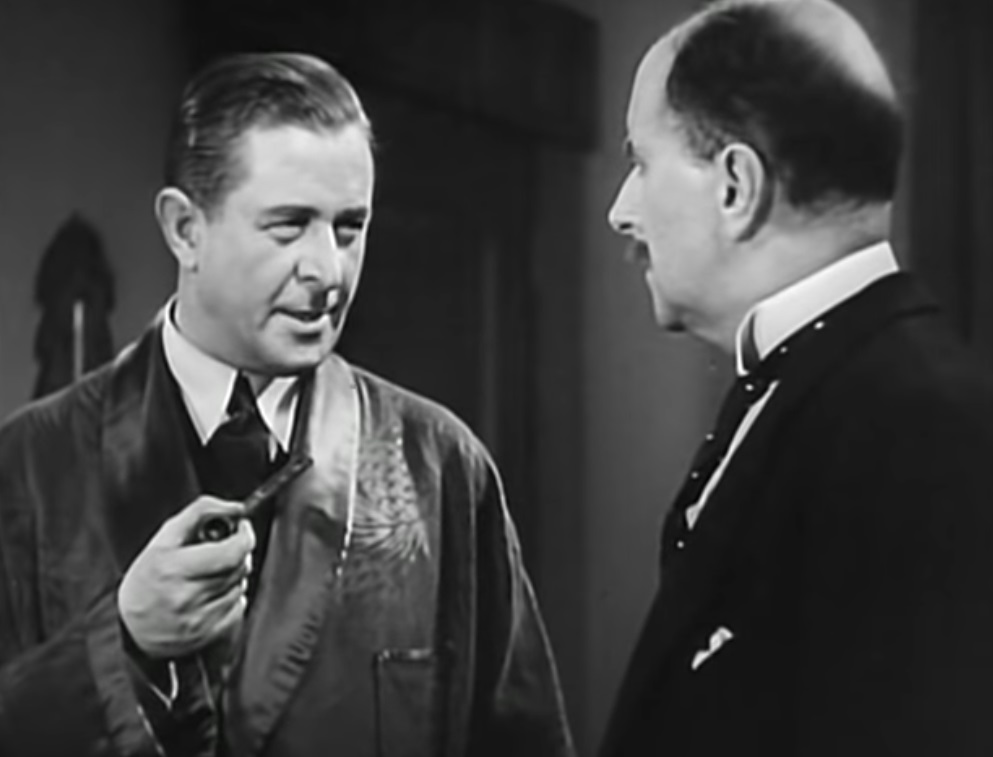 | 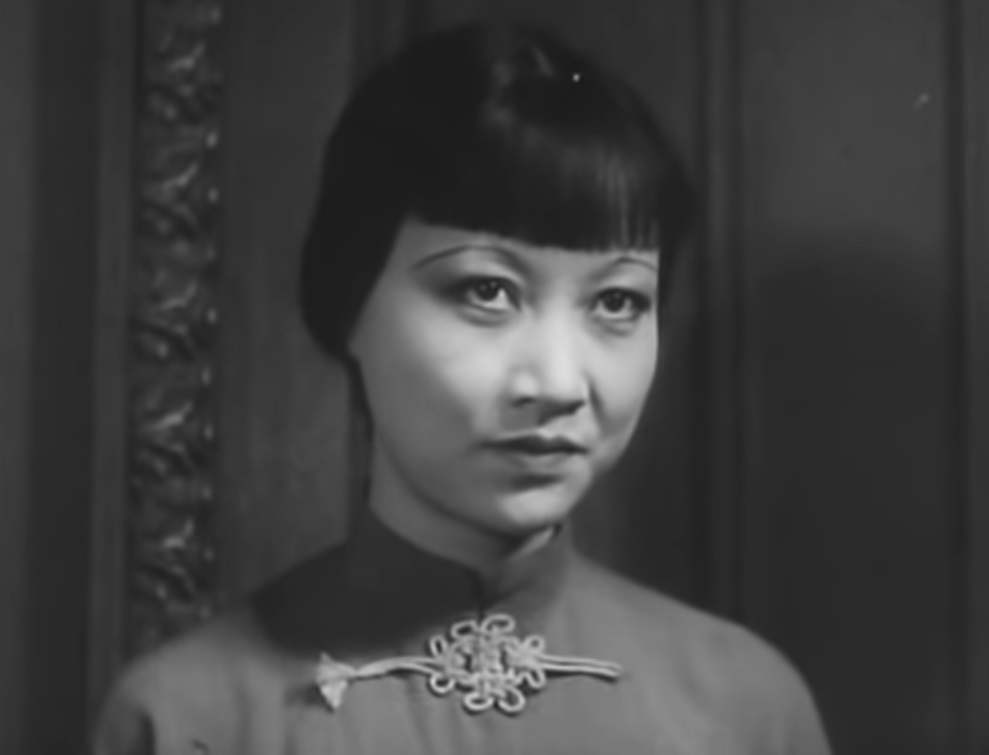 |  |
| Sherlock Holmes Reginald Owen | Mrs. Pyke Anna May Wong | Eileen Forrester June Clyde |
Released by: Tiffany Pictures
Directed by: Edwin L. Marin
Running time: 72 minutes
A Study in Scarlet: No Shit?
“Come, Watson. The game is afoot.”
Earlier this week I decided to write an essay about Billy Wilder’s The Private Life of Sherlock Holmes, one of my favorite movies and a personal fascination for me. Of course, there was one barrier I immediately ran into.
I can’t stand Sherlock Holmes.
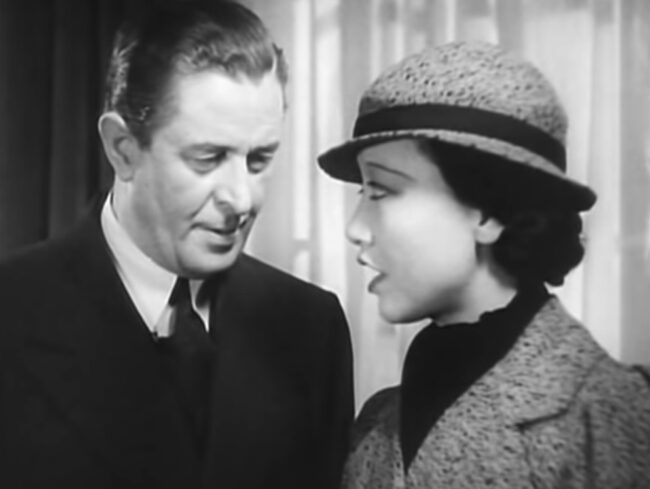
Now, everyone has their own opinion on Sherlock, or “Sherlock” or “Elementary” or Sherlock Holmes: A Game of Shadows or what have you. Though in a bit of a lull now, we spent much of the 2010s obsessed with revisiting 221B Baker Street. Part of this is because America has been doubling down in the tech era on its preternatural obsession that “geniuses are assholes” which can be soldered onto the Sherlock Holmes mythos without much legwork.
I will not pretend that I subscribe to the “genius asshole” trope or that it applies to me. (No one has ever accused me of being a genius.) But let’s talk about A Study in Scarlet, an adaptation of the first Holmes’ first starring novel that’s interesting in that it is not an adaptation of Holmes’ first starring novel. Tiffany Studios optioned the title A Study in Scarlet and created a whole new story to go along with it.
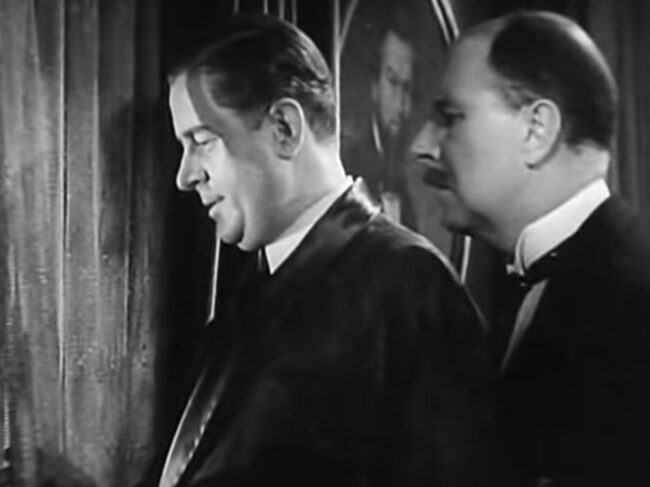
The story that was devised is interesting in that it seems to have a lot more similarities with a early 30s S.S. Van Dine mystery novel than a Holmesian adventure; in fact, it owes quite a bit to The Bishop Murder Case, another tale of a nursery rhyme-dropping killer who works his way through a hapless group of men. This type of plot would later be, if not perfected, but made most famous by Agatha Christie in And Then There Were None in 1939.
For this version of A Study in Scarlet in particular, here’s the plot: a man found murdered in a locked train car puts Sherlock Holmes (Reginald Owen) onto the trail of a secret society (the “Scarlet Ring” wink wink) that will soon cash out a million dollars worth of stolen jewels. However, every time one man dies, the pot gets bigger for the survivors and the incentive to more killing grows.
The society is led by lawyer Thaddeus Merrydew (Alan Dinehart), who had been on Holmes’ radar and continues to frustrate his investigation. Eileen Forrester (Clyde) is a young lady who gets drawn into the society after her father’s murder, and then Anna May Wong pops up as a widow of one of the society men; as ostensibly a bigger star than the lead of the film, it’s not hard to piece together Wong’s real role in the murder mystery, even if she’s only in it for less than 10 minutes.
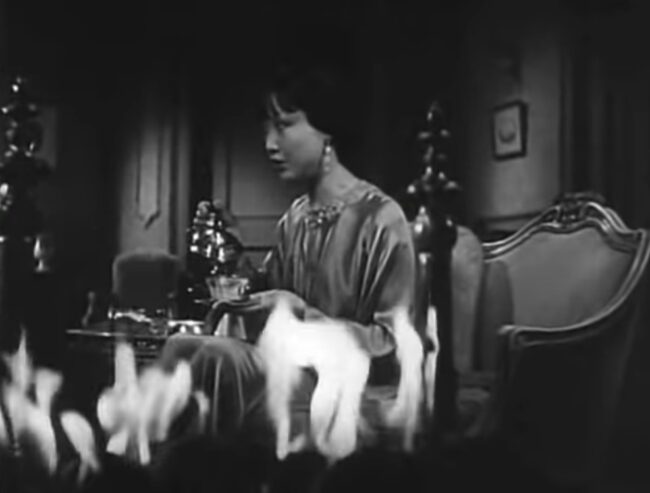
Reginald Owen, who’d played Watson the previous year in Paramount’s Sherlock Holmes (1932), takes the lead here as Sherlock. He comes across as a lethargic, doughy Ray Milland, but altogether serious and free of camp– outside the 5 minutes he spends in a disguise, absolutely gadding about. A week from now, I doubt I could recognize Owen if asked.
The problem that I have with a lot of suspense mysteries of the early 1930s isn’t that they don’t look great– which this one does! Shadows lurk through yards and across walls and it’s full of fog and secret passages and mystery, etc. But the tempo of the picture is wrong, something that wouldn’t get better until the film noir of the 40s.
I place a large chunk of blame on the early 30s aversion to scores and soundtracks. While horror films work really well with how they can use and manipulate silence, thrillers aren’t able to muster up pressure without a musical score driving the film. There. That’s my how I cut those two genres. This is also why the best mystery films of the 1930s are comedies, ones that have their own kind of forward momentum that keeps the investigations moving
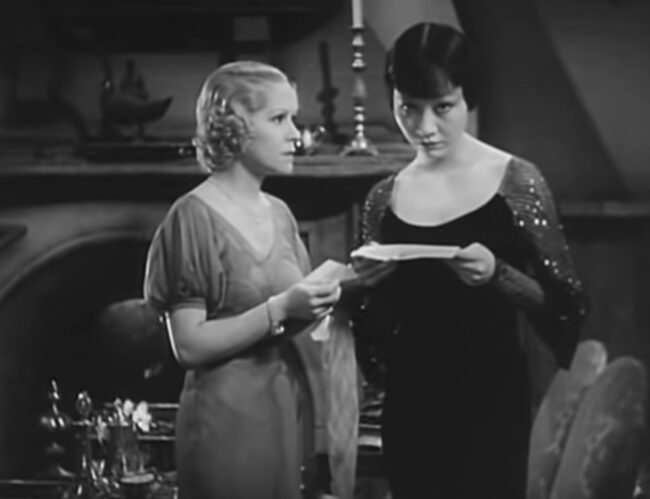
There’s not much pre-Code content in A Study in Scarlet as it is very psuedo-British proper, though one scene, where Mrs. Pyke’s maid describes Anna May Wong that she, “Moves like a cat! Such a figure!” is almost interesting, as, hey, who could disagree.
A Study in Scarlet was manufactured by Tiffany to cash in on a popular character. It’s not that I don’t think effort was put into the picture, as it clearly was made with care and deference to the Holmes canon, but it’s simply not very compelling; a common mystery told with only a few points of interest. Maybe this one is for Holmes-completists only. But, hey, that’s how I view pretty much all Holmes films anyway.
Picture Gallery
Trivia & Links
- The AFI Notes for the film cover its origin:
Robert Florey provided a modern account of the making of this film: This was his third project at Tiffany, and he was scheduled to both write and direct. Producer Sam Bischoff (the “B” of K.B.S. Productions) purchased the motion picture rights to the title, but not the story, of Sir Arthur Conan Doyle’s novel, A Study in Scarlet, and Florey was to write a scenario to co-star Anna May Wong. Within a week, Florey co-wrote the screenplay with Reginald Owen, with whom he had collaborated on The Man Called Back in mid-1932. The Florey-Owen script contained no similarities to the novel, and they shared the $1,000 payment. Florey turned down the offer to direct in favor of a better offer from Warner Bros.
- Erich at Acidemic really enjoys this adaptaion, and touches on the reasons why:
I like that he doesn’t bother to explain all his ‘elementary’ observations to Watson either. When Watson points out the resemblance of Thaddeus Merrydew’s shoe size and cigar brand to those of the murderer they’re hunting, Holmes just looks at him like a patient teacher guiding a student towards an already established insight: “Is that all you observed?” Holmes points out there were a hundred more details Watson missed, but then he doesn’t go into them. Still waters run deep with this Holmes and we come to appreciate the carefulness with which Owen keeps the water clear enough to see all the way into his character’s purple depths. These long dead pauses give those sudden whiplash gecko tongue movements extra snap, like when he counters Merrydew’s feigning of ignorance over the withholding of a widow’s trust with a simple “it won’t do” that chills the blood.
- Mark David Welsh connects this to some other Holmes screen adaptations.
Elsewhere we have some faces who turned up later in the Rathbone-Bruce ‘Sherlock Holmes’ series: playing Inspector Lestrade is Alan Mowbray, who features strongly as Major Duncan Bleak in ‘Terror By Night (1946) and Halliwell Hobbes, brilliant as the drunken butler in ‘Sherlock Holmes Faces Death’ (1943). Sitting in the local pub is Billy Bevan (and his impressive moustache) who also appeared in ‘Terror By Night’ (1946) and as a Police Constable in ‘The Pearl of Death’ (1946) (“…and I makes the pinch right ‘ere!”)
Despite a passing similarity to another Rathbone-Bruce entry, (‘The House of Fear’ (1945)) this is very tepid, rather dull material.
Awards, Accolades & Availability
- This film is in the public domain. You can find it plenty of places, including right here thanks to YouTube:
More Pre-Code to Explore
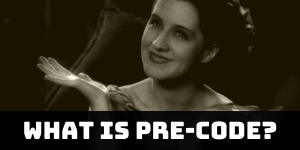
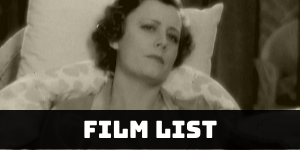

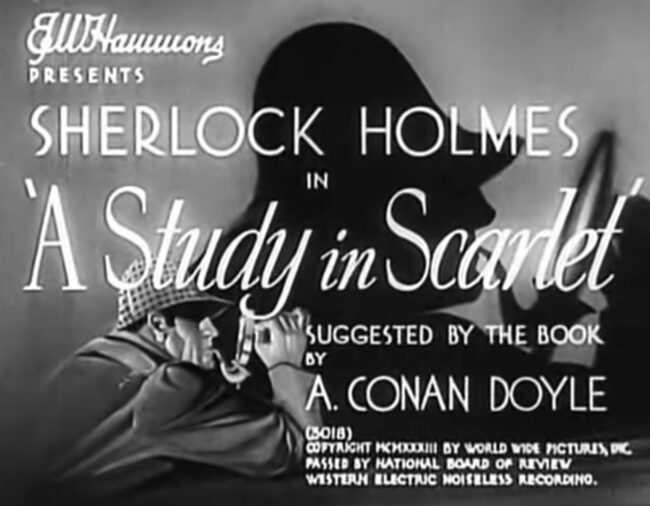
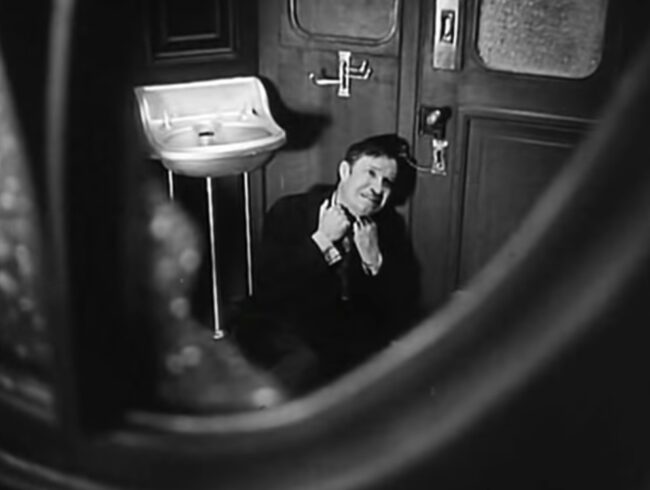
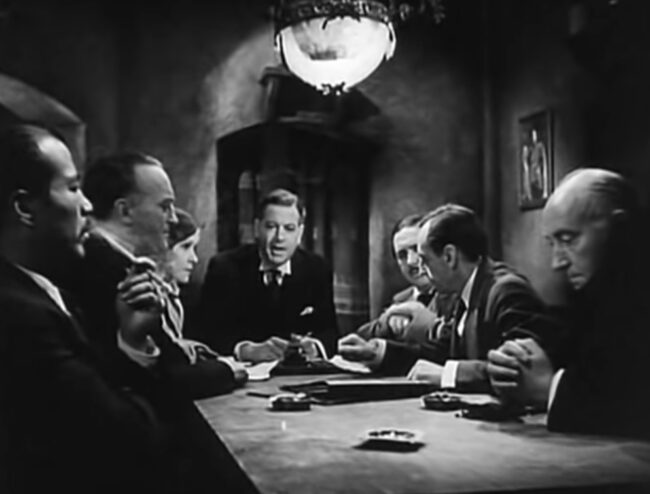
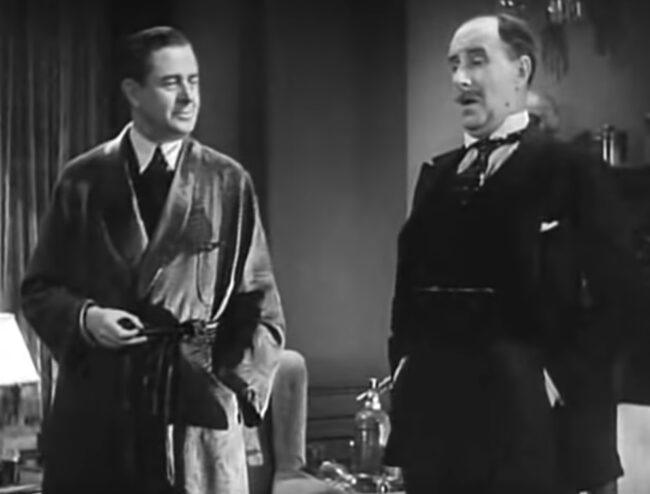
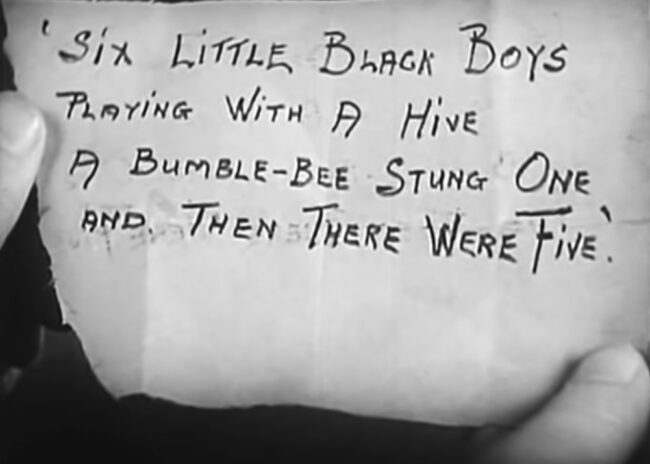
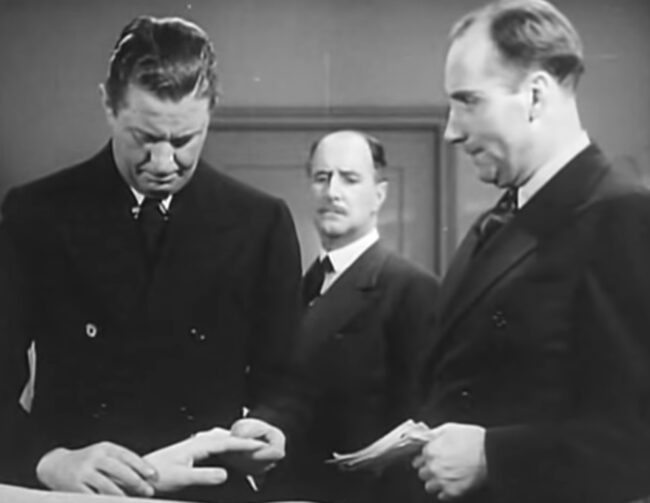
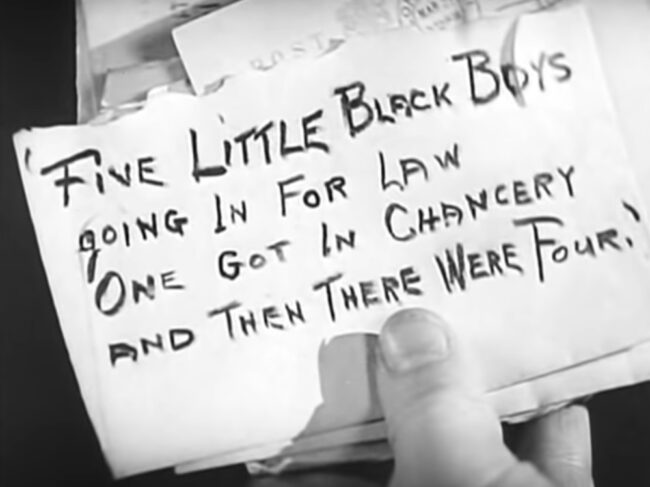
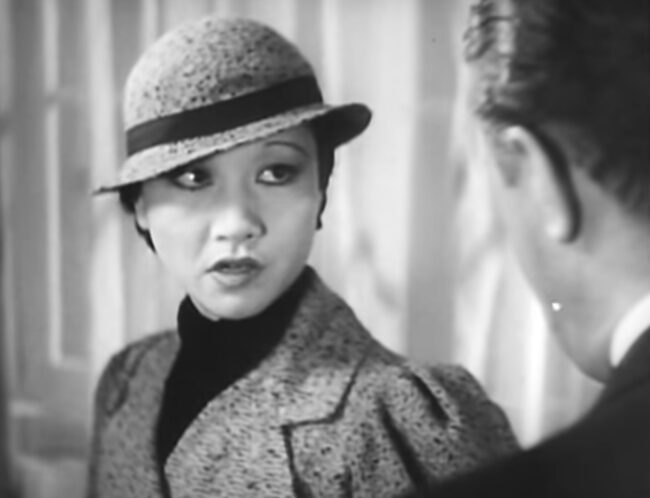
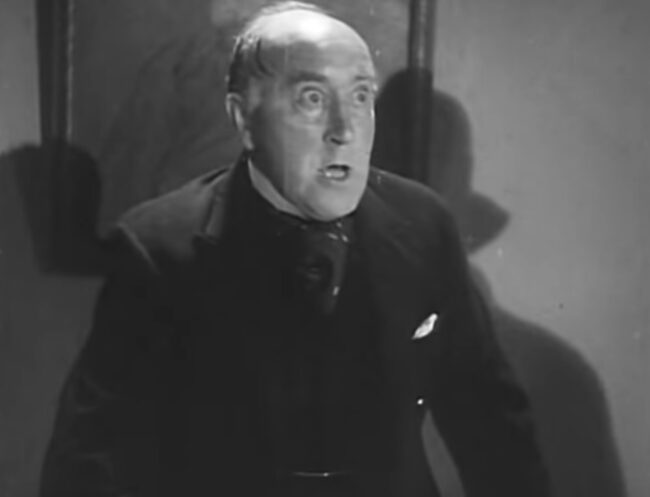
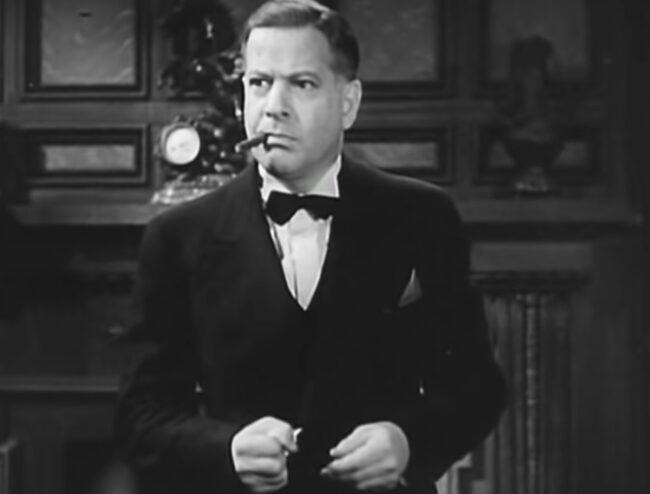
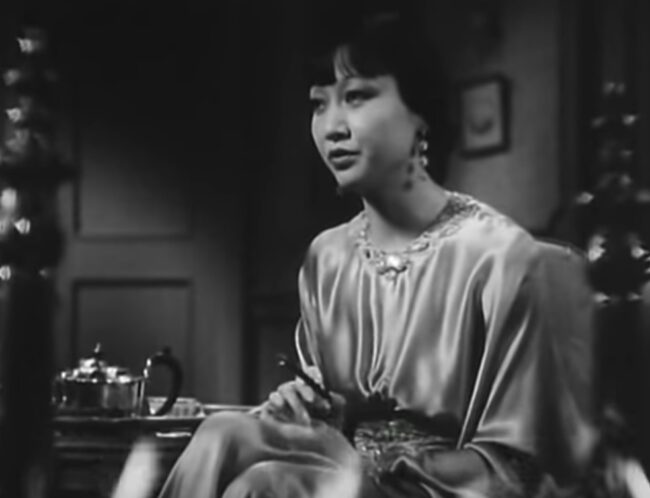
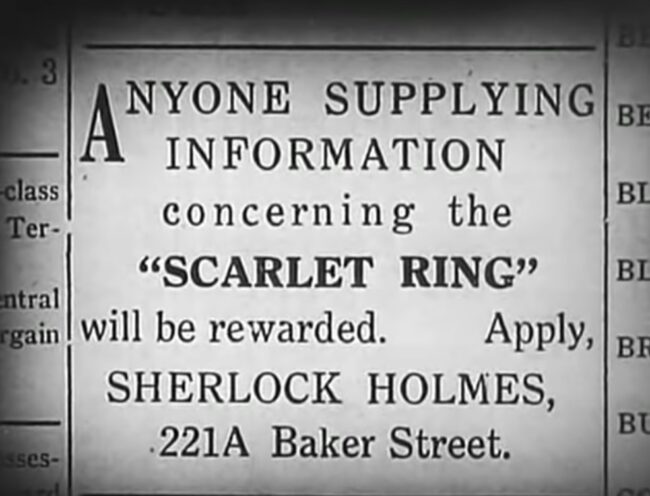
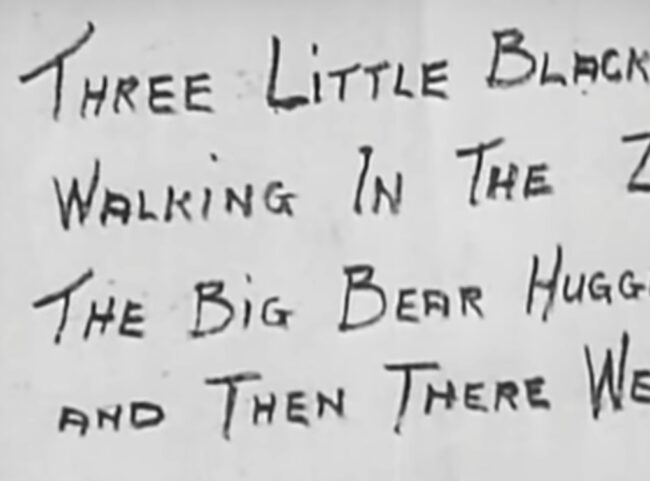
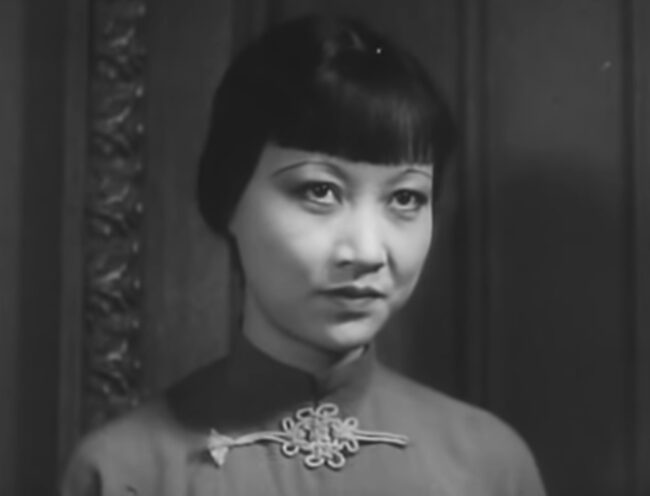
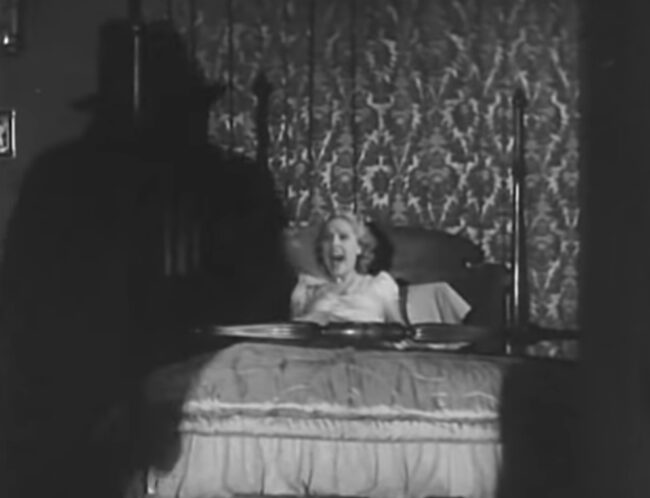
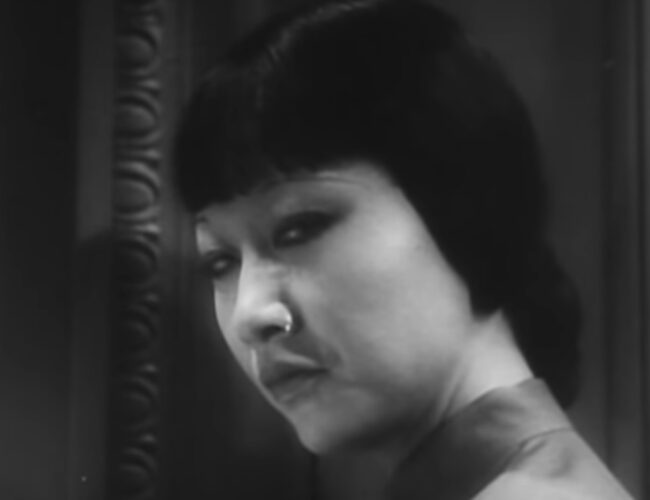
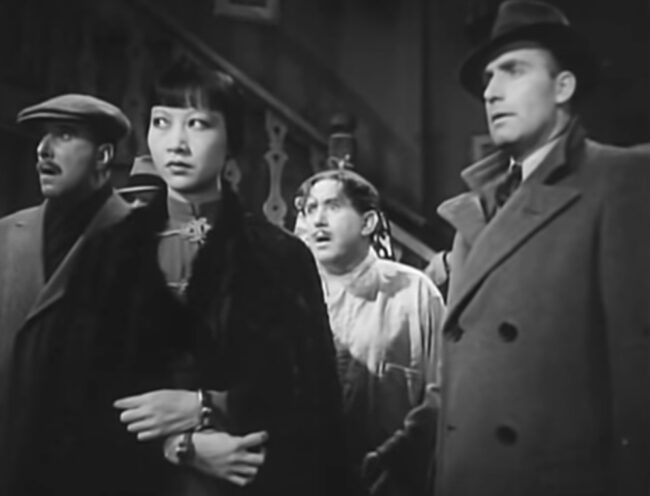
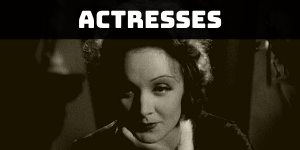
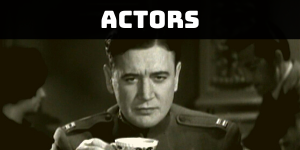
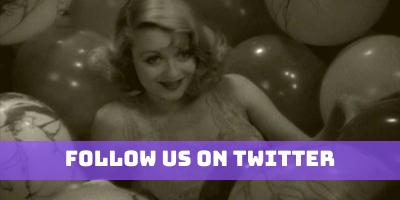



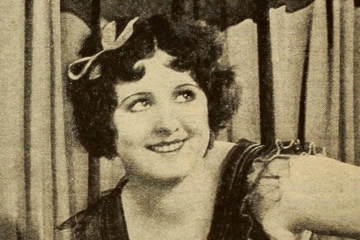
1 Comment
Lesley · July 19, 2020 at 7:13 pm
But…you do love Private Life of Sherlock Holmes? I do also, and am also not a Holmesian. This one sounds very poorly paced, maximally augmented by the sparse use of music—bet it feels a lot longer than it is.
Comments are closed.